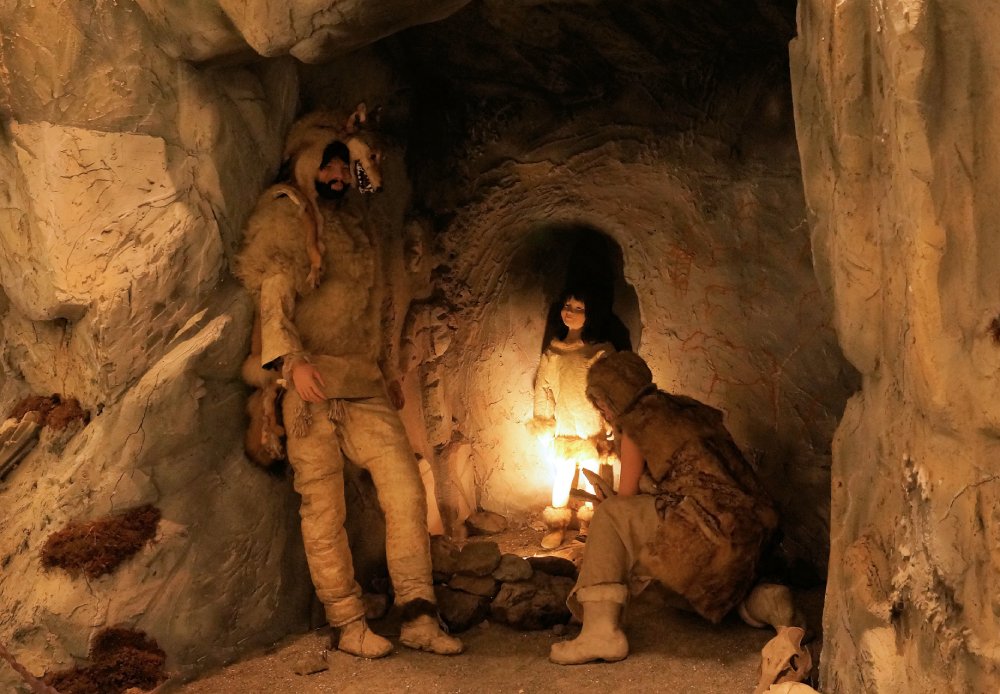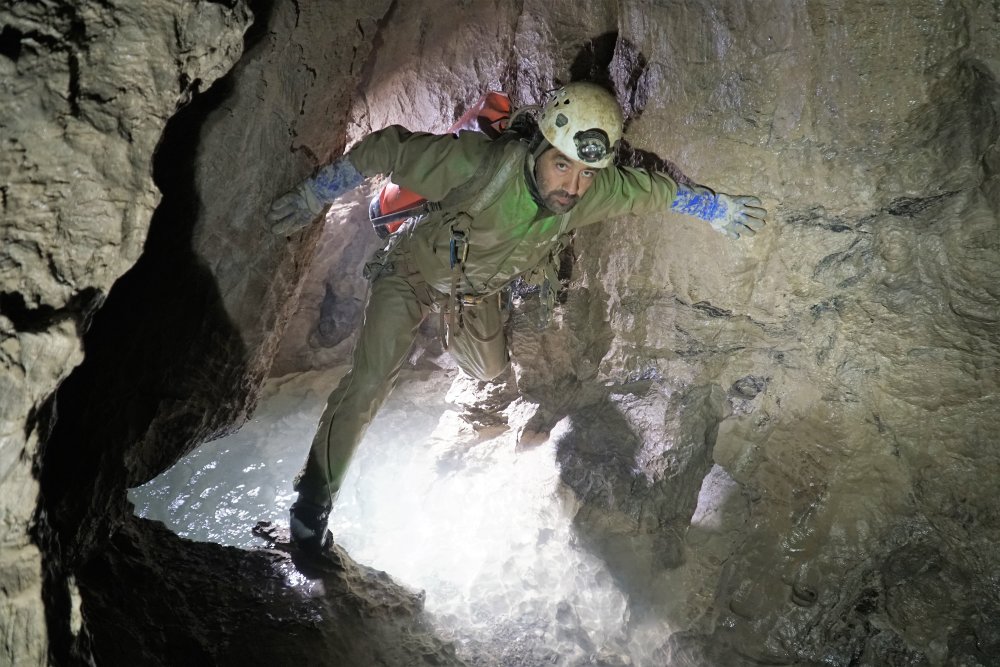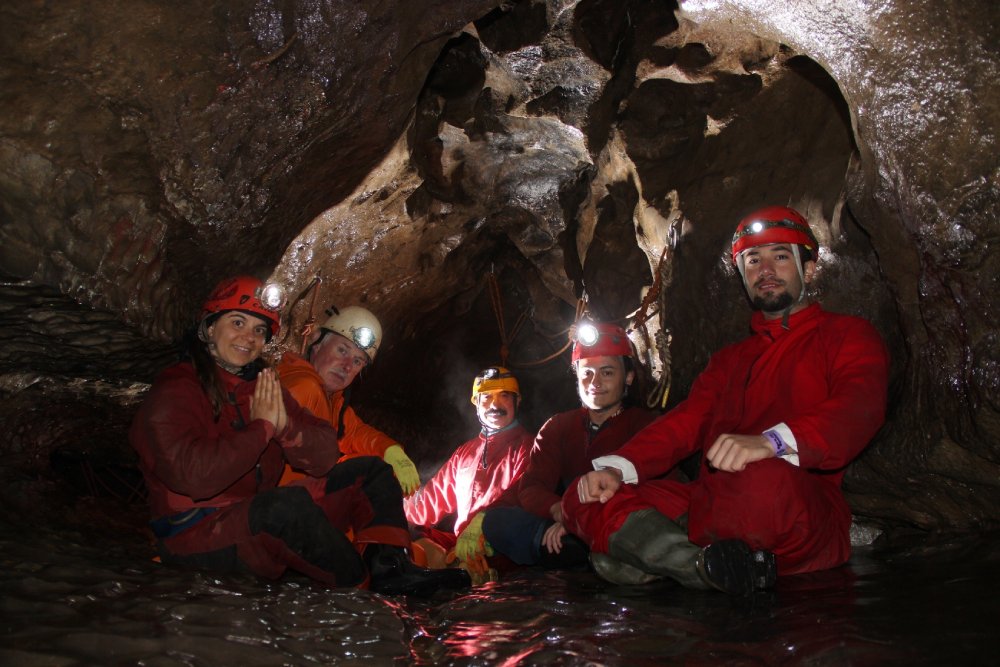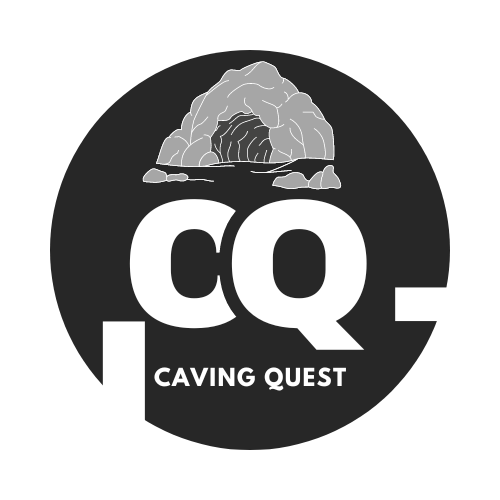The exploration of the Earth’s depths and human curiosity has been the driving force behind the history of caving. Spelunking, or caving, has changed over time from being a necessity for early humans to an exciting experience for modern explorers. Knowing this past makes it easier for us to appreciate the allure of the hidden world, where adventurers are drawn to its darkness and mystery.
Nowadays, a lot of people are interested in caving but are unsure of its origins or hazards. While some are just inquisitive but unsure of where to begin, others are concerned about the risks. This lack of certainty can make caving appear daunting or unapproachable, discouraging people from taking part in this intriguing pastime.
Don’t worry, though; understanding the background of caving will help close that gap. You’ll feel more a part of this extraordinary journey if you comprehend its beginnings and development. Explore the information below to learn how caving has changed over time and why it still attracts adventurers.
Ancient Beginnings: Survival and Shelter
Our forefathers searched for caves to survive long before caving became a popular pastime. These organic structures are protected from the weather, a hiding place from scavengers, and a secure area to store food. This is where the history of caving begins, as caves were used by prehistoric humans as their initial dwellings.
Caves were also used as spiritual locations in the past. Worldwide, caves have been discovered to contain paintings and carvings that imply these areas were sacred and were used for rituals and divine communication. Even today’s cavers can still relate to the feeling of entering a different world in the pitch-black caves, illuminated only by sputtering torches.
The magnificent prehistoric artwork found in the caves of Lascaux, France, demonstrates how early humans utilized these areas not only for survival but also as canvases for their ideas and creativity. These historical artists have left a lasting legacy that captivates our imagination and serves as a constant reminder of our close kinship with the planet.

The Middle Ages: Myths and Exploration
As time moved on, the mystery of caves continued to intrigue people. In the Middle Ages, caves were often associated with myths and legends. They were seen as gateways to the underworld or homes of mythical creatures. This period in the history of caving is rich with folklore, where the unknown depths of caves sparked the imagination of storytellers.
But beyond the legends, a few true explorers were brave enough to enter these uncharted territories. Rather than being motivated by scientific curiosity, these early cavers were motivated by an adventurous spirit and a desire to find lost treasures. While some went in search of safety, others went in search of minerals or just wanted to chart the unknown.
Caves were utilized as hiding places during battles and conflicts during this era. Individuals hid in caves to escape the mayhem outside. Caves’ dual nature as havens and danger zones shaped their significance throughout human history.
The 17th and 18th Centuries: Science Meets Adventure
With the advent of a new era of exploration brought about by the Age of Enlightenment, the history of caving underwent a dramatic shift in the 17th and 18th centuries. Scientists started to become interested in caves as natural wonders that needed to be explored and understood, in addition to being enigmatic places.
Scientific caving started when explorers like Robert Plot and Giovanni Arduino started recording caves in England and Italy, respectively. They began to comprehend the formation of caves by mapping cave systems and examining the rock formations. During this time, the scientific field of geology was established, and cave exploration became essential to comprehending Earth’s past.
The spirit of adventure, though, never went away. These ages of cavers were motivated by a desire to explore the unknown and were just as much thrill-seekers as they were scientists. Today’s caving is driven by knowledge and curiosity, thanks to the combination of science and adventure.

The 19th Century: The Birth of Modern Caving
A significant period in the history of caving was the 19th century. During this time, caving became a recognized sport and the first organized caving expeditions took place. Once-dreaded or overlooked caves are now popular travel destinations for naturalists and adventurers.
Édouard-Alfred Martel, who is frequently referred to as the father of modern caving, was one of the most well-known individuals during this period. Cave exploration became popularized by Martel’s trips into the caverns of France, Italy, and other countries. He made thorough maps, recorded his discoveries, and even invented new methods for exploring caves. His work pushed the limits of what was possible in underground exploration and encouraged countless others to take up caving.
This era also saw the invention of new equipment, such as carbide lamps, which made it easier and safer to explore deep cave systems. Caving clubs and societies were formed, bringing together like-minded adventurers who shared a passion for the underground world.
The 20th Century: Caving Becomes a Global Phenomenon
Cave diving developed from a specialized activity to a worldwide phenomenon in the 20th century. During this period, the history of caving saw a spike in interest, with more people than ever before taking up the pastime. Significant improvements in caving equipment and techniques also occurred during this time, making caving safer and more accessible to the general public.
The emergence of formal caving clubs in North America and Europe brought enthusiasts together and promoted knowledge sharing and a sense of community. Large cave systems were mapped and explored by these clubs, and some of them are still being investigated today. Scientists with an interest in geology, archaeology, and subterranean ecosystems began to come caving.
The discovery of new caves, such as the vast Mammoth Cave system in the United States, captured the imagination of the public. Documentaries, books, and even movies about caving adventures brought the underground world to a wider audience. The thrill of discovery, combined with the beauty of the subterranean landscapes, made caving a popular activity for adventurers of all ages.

The Modern Era: Caving Today and Beyond
These days, caving is a passion that unites individuals from all walks of life, not just a pastime. Cave history has completed a circle, moving from science to recreation to survival. Today’s cavers are a part of a global community that appreciates travel, preservation, and the excitement of making discoveries.
Another way that caving has become popular is as an escape from the daily grind. Many people use caving as a means of challenging themselves, finding solitude and peace, and reestablishing a connection with nature. You’ll get both mental and physical rewards from this adventure as you make your way through tight spaces and scale rocks, and take in the underground marvels.
The future of caving looks bright, with new technologies making it easier and safer to explore the depths. Whether you’re an experienced caver or just starting, there’s always something new to discover. The history of caving reminds us that the spirit of exploration is alive and well, inspiring us to keep pushing the boundaries of what’s possible.
Conclusion
The history of caving is a rich and fascinating journey, filled with adventure, discovery, and a deep connection to the Earth. From ancient shelters to modern expeditions, caving has always been about exploring the unknown and embracing the challenges that come with it. As you learn more about this history, you’ll see that caving is more than just a pastime—it’s a way to connect with the world around us and with ourselves.
Whether you’re drawn to caving for its thrill, its beauty, or its history, remember that every time you enter a cave, you’re part of a tradition that spans centuries. The history of caving is still being written, with new caves to explore and new stories to tell. So, why not be part of that story and embark on your caving adventure?
